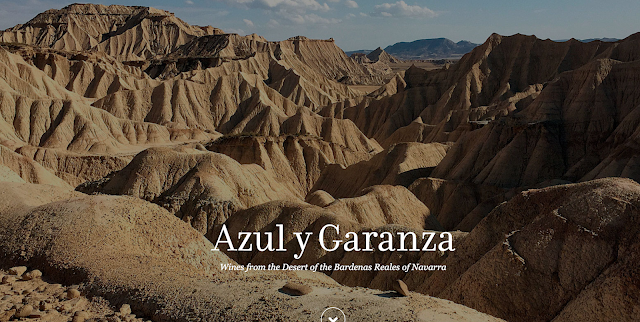A French Red and White. Each Very Highly Recommended.
De Brau Pure Pinot Noir Pays D’Oc (IGP) 2018, 13.5%, €16.60 Mary Pawle
A very approachable Pinot Noir with good body and length.
That’s how importer May Pawle sums up this Pay D’Oc Pinot Noir and indeed you soon realise why it’s “A real favourite with our customers.”
Colour is a shiny mid to dark ruby. And the aromas, cherry and berry, are just as attractive. The good news continues on the palate with a pleasing mouthfeel and a host of black cherry notes. Very soft tannins too and a long finish.
The Languedoc may not be the usual place for Pinot Noir but this is a winner all the way and Very Highly Recommended. Which is what I also said about the 2015. Serve at 15 -16°C with grilled vegetables and meat (duck, lamb), poultry, even medium spiced Indian food.
De Brau make full use of the Languedoc's predictable sunshine and the cooling sea breezes. A desirable scenario for growing grapes! This organic wine is part of the winery’s PURE range, started in 2006. Other single varietals include Cabernet Franc, Cabernet Sauvignon, and Syrah along with Viognier, Egiodola, Petit Verdot, and Fer Servadou. Some unusual grapes there!
Fessardière “La Gloire De Nos Pères” Sur Lie Muscadet Sevre et Maine (AOC) 2016, 12%, €18.25 Mary Pawle
The outward signs are good with this wine from the vineyards of Nantes, a city where many an Irish driver got lost in the early days of Brittany Ferries.
It was around here too that many of us made our first acquaintance with Muscadet, usually from the bottom shelf or, perhaps more daringly, from the one just above it. And then we had so much of it (and Gros Plant, which also needs lees to improve its character), we went off it. Bit by bit though, we began to realise there was really good Muscadet and many of them had the magic words “Sur Lie” on the label.
This one has those two words and a beautiful golden colour. Gorgeous aromas too, melon, muted aniseed, floral notes. An amazing concentration on the palate, sharp pineapple, more rounded apricot, and a salty acidity too. And that enlivening fresh and fruity combination tango all the way to a persistent finish. Second glass appeal? You bet. Second shelf for this one? I think you could safely go a little higher. Very Highly Recommended.
This is relatively new to the Mary Pawle portfolio (though she has some other excellent Muscadet from the same producers). “There is more than a hint of the briny Atlantic Ocean in this full bodied wine. Ideally open a short while before serving and you will be well rewarded.”
The label advises much the same: Open one hour in advance, serve 10-12 degrees. It pairs well with fish, spicy white meats, and apéritifs gourmands. Domaine de la Fessardière is located in the west of Loire Valley in the heart of the vineyard of Nantes City. The 25 hectares domain is essentially planted with Melon de Bourgogne grape variety, the grape used to produce Muscadet. Since 1997 vine growing has been following organic methods.



















